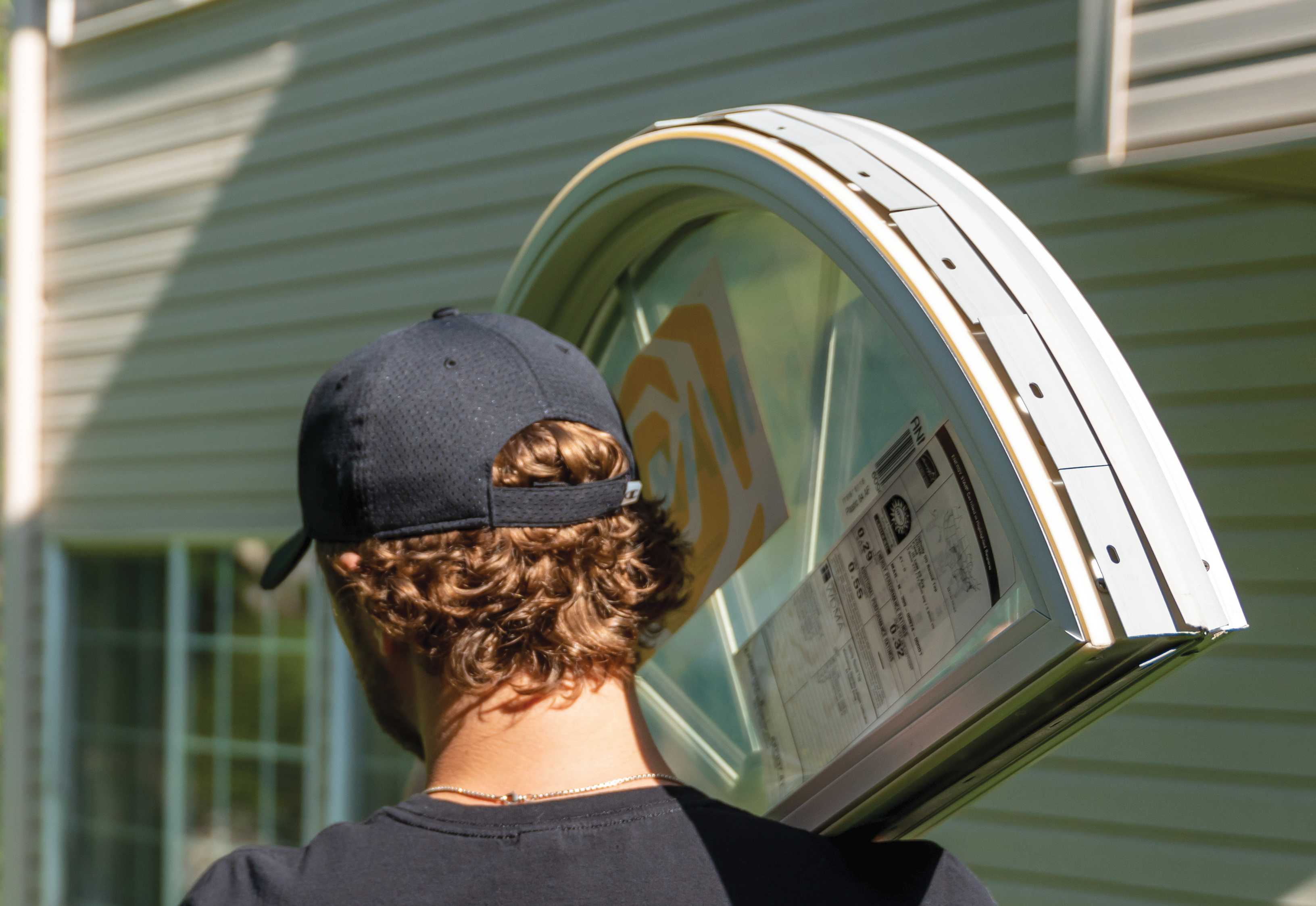

Articles
How To Read A Window Label
Modified: January 24, 2024
Learn how to read a window label to make informed decisions. Explore our informative articles on window labels and understand the important details.
(Many of the links in this article redirect to a specific reviewed product. Your purchase of these products through affiliate links helps to generate commission for Storables.com, at no extra cost. Learn more)
Introduction
When it comes to choosing the right windows for your home or office, the options can seem overwhelming. With so many different styles, materials, and features available, it’s important to have a clear understanding of what to look for. One valuable tool to help you make an informed decision is the window label.
The window label is a small yet important piece of information that provides key details about the window’s performance, construction, and features. By learning how to read and interpret a window label, you can gain valuable insights into the energy efficiency, durability, and safety of the product.
In this article, we will guide you through the process of understanding window labels, and highlight the key information you need to consider when evaluating different window options. Whether you’re planning a home renovation or simply looking to replace your existing windows, this knowledge will empower you to make an informed decision that meets your specific needs and preferences.
So, let’s dive in and explore the world of window labels!
Key Takeaways:
- Window labels provide crucial information on energy performance, materials, safety features, and maintenance. Understanding these details empowers informed decisions, leading to comfortable, secure, and energy-efficient living or working spaces.
- By reading and interpreting window labels, you can select windows that align with your specific needs, preferences, and budget. This knowledge ensures optimal insulation, durability, security, and peace of mind for years to come.
Read more: 13 Bay Window Cushions for your Reading Nook
Understanding Window Labels
A window label is a standardized information sheet that provides detailed insights into the performance, construction, and features of a particular window. It is typically affixed to the window itself or included in the product packaging. By familiarizing yourself with the different components of a window label, you can gain a better understanding of the window’s capabilities and suitability for your needs.
Window labels are designed to provide consumers with valuable information to help them compare different window products and make informed decisions. They are an essential tool in ensuring transparency and accountability within the industry.
While window labels can vary slightly depending on the manufacturer and the specific window type, they generally include key details about energy performance, material and construction, safety and security features, soundproofing and insulation, maintenance requirements, and warranty information.
By familiarizing yourself with the different components of a window label, you can gain a better understanding of the window’s capabilities and suitability for your needs.
Let’s now take a closer look at the key information typically found on a window label.
Key Information on a Window Label
When examining a window label, there are several key pieces of information that you should pay attention to. These details can give you valuable insights into the window’s performance, construction, and features. Let’s explore some of the key components you’ll typically find on a window label:
- U-Factor: This measures the window’s insulation ability. The lower the U-Factor, the better the window’s insulation.
- Solar Heat Gain Coefficient (SHGC): This indicates the amount of solar heat the window can block. Lower SHGC values mean less heat gain.
- Visible Transmittance (VT): This measures the amount of visible light that can pass through the window. A higher VT value means more natural light.
- Air Leakage: This measures the amount of air that can pass through the window. Lower air leakage values indicate better energy efficiency.
- Material: The window label will indicate the materials used in the window’s construction, such as vinyl, wood, aluminum, or fiberglass.
- Construction: This section provides information about the window’s design features, such as single or double hung, casement, or sliding.
- Soundproofing: Some window labels also mention the window’s ability to reduce noise transmission, which can be important if you live in a noisy area.
- Safety and Security Features: Look for information on features like tempered glass, reinforced frames, or multi-point locking systems, which can enhance the window’s security.
- Maintenance: The window label may provide guidance on the maintenance requirements, such as cleaning procedures or any special care instructions.
- Warranty: This section outlines the warranty terms and conditions provided by the manufacturer.
By understanding and comparing these key factors among different window labels, you can make an informed decision based on your specific needs and preferences.
Energy Performance
Energy performance is a crucial aspect to consider when evaluating window options. Windows can significantly impact the energy efficiency of a building, affecting heating and cooling costs, comfort levels, and environmental sustainability. The energy performance information provided on a window label can help you determine how well a window will perform in terms of insulation and heat transfer.
One important metric to look for on the window label is the U-Factor. The U-Factor measures the rate of heat transfer through the window. A lower U-Factor indicates better insulation and greater resistance to heat loss or gain. It is important to choose windows with low U-Factors to reduce energy consumption and maintain a comfortable indoor temperature year-round.
Another key metric is the Solar Heat Gain Coefficient (SHGC). The SHGC measures the amount of solar heat that can pass through the window. A lower SHGC helps in reducing heat gain in warmer climates, while a higher SHGC can be beneficial in colder climates to take advantage of solar heat gain during winter months.
Visible Transmittance (VT) is also an important factor to consider, as it measures the amount of visible light that can penetrate through the window. A higher VT value allows for more natural light to enter the space, reducing the need for artificial lighting and enhancing the overall aesthetics and well-being of occupants.
In addition to these metrics, it is essential to consider the air leakage rating mentioned on the window label. Air leakage refers to the amount of air that can pass through the window. Lower air leakage values indicate better energy efficiency, as they minimize drafts and heat loss, leading to cost savings and increased comfort.
By paying attention to these energy performance details on the window label, you can choose windows that optimize energy efficiency, reduce utility bills, and contribute to a more sustainable living or working environment.
Material and Construction
The material and construction of a window play a significant role in its performance, durability, and aesthetics. Understanding the materials used and the construction techniques employed can help you make an informed decision when selecting windows for your home or office.
Common window materials include:
- Wood: Wood windows offer a classic and timeless look, and they provide excellent insulation. However, they require regular maintenance to protect against moisture and rot.
- Vinyl: Vinyl windows are known for their energy efficiency, low maintenance, and affordability. They are resistant to rot, warping, and fading, making them a popular choice for many homeowners.
- Aluminum: Aluminum windows are lightweight, sturdy, and resistant to corrosion. While they are not as thermally efficient as other materials, they are durable and often used in commercial buildings.
- Fiberglass: Fiberglass windows offer the advantages of both energy efficiency and durability. They are strong, weather-resistant, and have low expansion and contraction rates, ensuring a tight seal.
The construction of the window refers to its design and features. Common window types include:
- Single or double hung: These windows have two sashes that slide vertically. Double hung windows allow both the top and bottom sashes to open, providing better ventilation options.
- Casement: Casement windows are hinged on one side and open outward, operated by a crank or lever. They offer unobstructed views and good ventilation.
- Sliding: Sliding windows have horizontally sliding sashes, making them easy to operate and clean. They are a popular choice for contemporary designs.
- Awning: Awning windows are hinged at the top and open outward. They provide ventilation while protecting against rain.
- Fixed: Fixed windows do not open and are used where airflow and egress are not required. They are commonly used for large picture windows or architectural focal points.
When evaluating window labels, pay attention to the material and construction information to ensure they align with your preferences in terms of energy efficiency, maintenance, aesthetics, and functionality. The right combination of materials and construction style can enhance the appearance and performance of your windows, making them a valuable investment for your space.
Look for the NFRC label on windows, which provides information on energy performance, including U-factor, solar heat gain coefficient, visible transmittance, and air leakage. This can help you make an informed decision when choosing windows for your home.
Read more: How To Label Candles
Safety and Security Features
When it comes to windows, ensuring the safety and security of your home or office is paramount. The window label provides important information about the safety features incorporated into the design and construction of the window.
Some key safety and security features to look for on the window label include:
- Tempered Glass: This type of glass is designed to break into small, rounded pieces rather than sharp shards, reducing the risk of injury in case of breakage.
- Reinforced Frames: Windows with reinforced frames, such as those made of aluminum or vinyl, offer added strength and durability, making it more difficult for intruders to gain unauthorized access.
- Multi-Point Locking Systems: These systems feature multiple locking points around the window frame, adding an extra layer of security and making it harder for the window to be forced open.
- Impact Resistance: Windows that are specially designed to withstand strong impacts, such as those caused by severe weather events or attempted break-ins, provide an increased level of security.
It’s also worth noting that some window labels may include certifications or ratings from independent testing organizations, such as the American Architectural Manufacturers Association (AAMA) or the National Fenestration Rating Council (NFRC). These certifications indicate that the window has undergone rigorous testing and meets specific performance standards, including safety and security requirements.
Considering the safety and security features mentioned on the window label is crucial for creating a secure environment and providing peace of mind. So, take the time to review this information and select windows that prioritize the safety and security of your space.
Soundproofing and Insulation
In addition to energy efficiency and safety, the window label provides insights into the soundproofing and insulation capabilities of the window. These factors are important for maintaining a comfortable and peaceful indoor environment, especially in noisy areas or spaces.
Soundproofing measures the window’s ability to reduce noise transmission from the outside. Windows with good soundproofing can help create a quieter and more peaceful indoor environment by blocking out external disturbances such as traffic, construction noise, or loud neighbors.
Insulation, on the other hand, refers to the window’s ability to prevent heat transfer between the interior and exterior of a building. Windows with high insulating properties can help maintain a stable and comfortable indoor temperature by minimizing heat loss during winter and heat gain during summer.
When evaluating the soundproofing and insulation capabilities of a window, consider the following factors as mentioned on the window label:
- U-Factor: As mentioned earlier, the U-Factor measures a window’s insulation ability. A lower U-Factor indicates better insulation and greater resistance to heat transfer.
- Sound Transmission Class (STC) Rating: Some window labels may include an STC rating, which measures a window’s ability to reduce sound transfer. Higher STC ratings indicate better soundproofing capabilities.
- Weatherstripping: The window label may mention the type of weatherstripping used around the frame. Weatherstripping helps seal gaps and reduce air infiltration, enhancing both insulation and soundproofing.
- Double or Triple Glazing: Windows with multiple layers of glass (double or triple glazing) provide better insulation and soundproofing compared to single-pane windows.
Considering the soundproofing and insulation qualities of a window is essential to create a comfortable and tranquil living or working environment. By choosing windows that excel in these aspects, you can effectively reduce noise intrusion and improve energy efficiency in your space.
Maintenance and Warranty
When investing in windows, it is important to consider the maintenance requirements and warranty coverage provided by the manufacturer. The window label typically provides information on how to properly care for and maintain the windows, as well as the warranty terms and conditions.
Maintenance requirements can vary depending on the materials and finishes used in the window construction. The window label may provide guidance on cleaning procedures, recommended cleaning agents, and any special care instructions. Understanding these maintenance guidelines can help ensure the longevity and optimal performance of the windows.
Additionally, the warranty information provided on the window label outlines the coverage and duration of protection offered by the manufacturer. It is important to carefully review the terms and conditions of the warranty, including any limitations or exclusions. A warranty can provide peace of mind by ensuring that the windows are protected against manufacturing defects or performance issues.
Some key points to consider regarding maintenance and warranty on the window label include:
- Maintenance Instructions: Look for specific maintenance instructions on how to keep the windows clean and in good condition. This may include how to clean frames, glass, hardware, and seals.
- Cleaning Agents: The window label may specify which cleaning agents are recommended and which should be avoided to prevent damage to the window materials or finishes.
- Special Care Instructions: If there are any special care instructions, such as lubricating moving parts or adjusting hardware, the window label would provide guidance on how to perform these tasks.
- Warranty Coverage: Pay attention to the length of the warranty and what is covered. It is important to know what qualifies as a warranty claim and how to proceed in case of any issues that may arise.
- Limitations or Exclusions: The window label may also mention any limitations or exclusions to the warranty coverage, such as damage caused by improper installation or maintenance.
By understanding the maintenance requirements and warranty coverage provided on the window label, you can ensure that you properly care for your windows and have recourse in case of any manufacturing defects or performance issues.
Conclusion
Understanding how to read a window label is essential for making informed decisions when selecting windows for your home or office. The window label provides valuable information about the window’s energy performance, materials, construction, safety features, soundproofing and insulation capabilities, maintenance requirements, and warranty coverage.
By paying attention to the key components on the window label, such as the U-Factor, SHGC, VT, air leakage, material, construction, soundproofing, safety features, and maintenance instructions, you can make a well-informed choice that aligns with your needs, preferences, and budget.
Energy performance details on the window label help you choose windows that provide optimal insulation, reducing energy consumption and enhancing comfort levels. Material and construction information guide you in selecting windows that offer durability, functionality, and aesthetic appeal.
The safety and security features mentioned on the window label ensure that your space is well-protected. Soundproofing and insulation capabilities help create a peaceful and energy-efficient environment. Lastly, understanding the maintenance requirements and warranty coverage allows you to properly care for your windows and have confidence in their longevity and performance.
In conclusion, taking the time to read and interpret window labels empowers you to make educated decisions when selecting windows. It enables you to choose windows that meet your specific needs, enhance the comfort and safety of your space, and contribute to energy efficiency and sustainability.
So, the next time you’re in the market for windows, remember to look for the window label and utilize the valuable information it provides to make a well-informed choice that will improve your living or working environment for years to come.
Frequently Asked Questions about How To Read A Window Label
Was this page helpful?
At Storables.com, we guarantee accurate and reliable information. Our content, validated by Expert Board Contributors, is crafted following stringent Editorial Policies. We're committed to providing you with well-researched, expert-backed insights for all your informational needs.
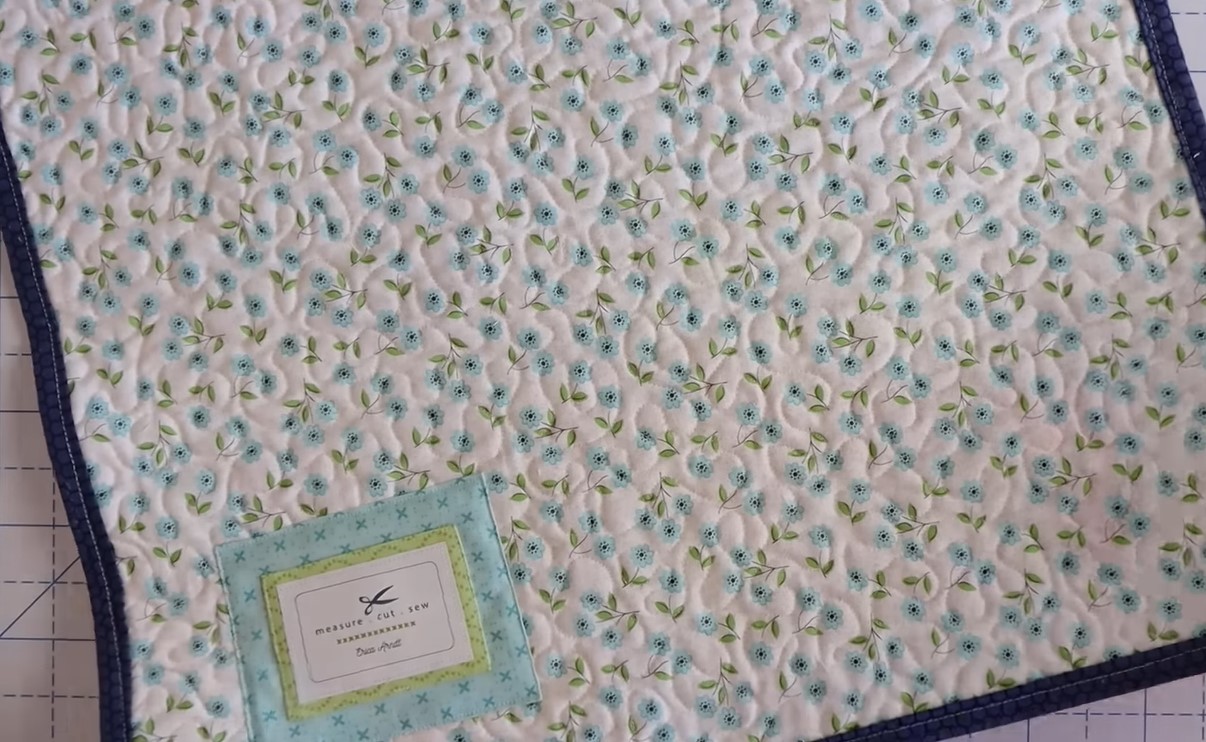



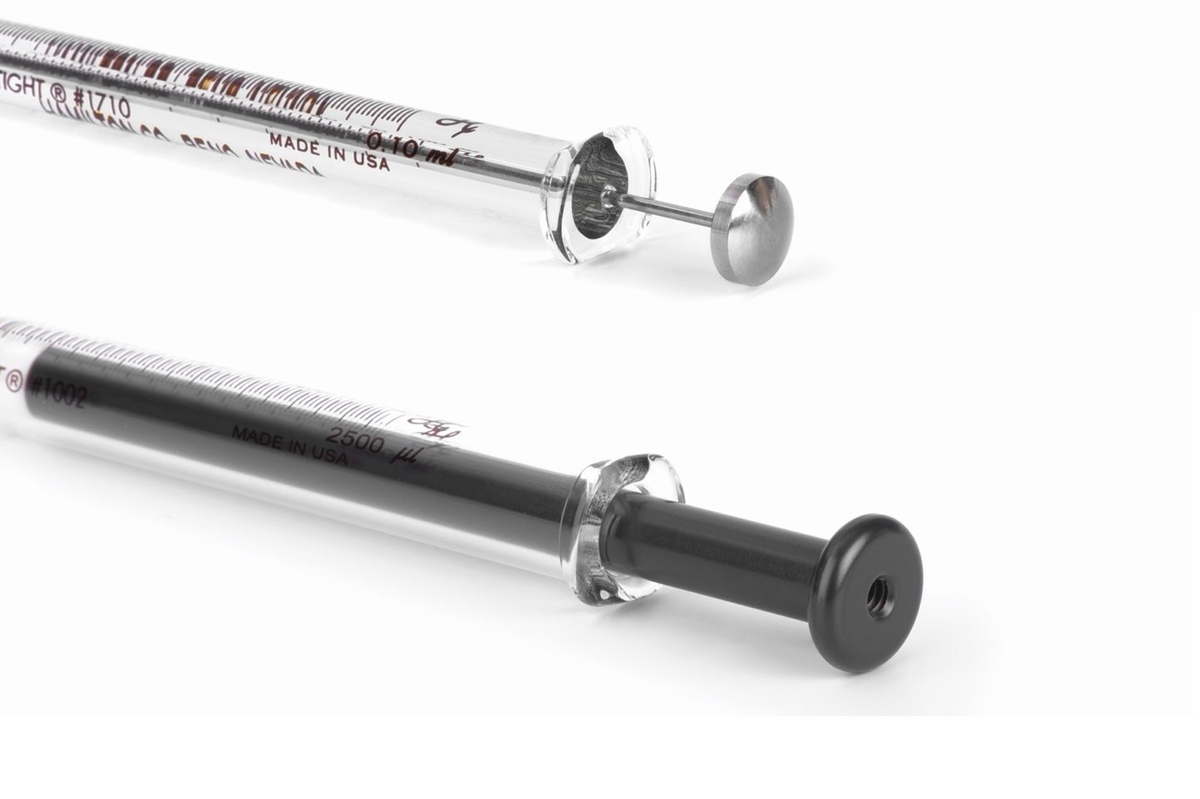

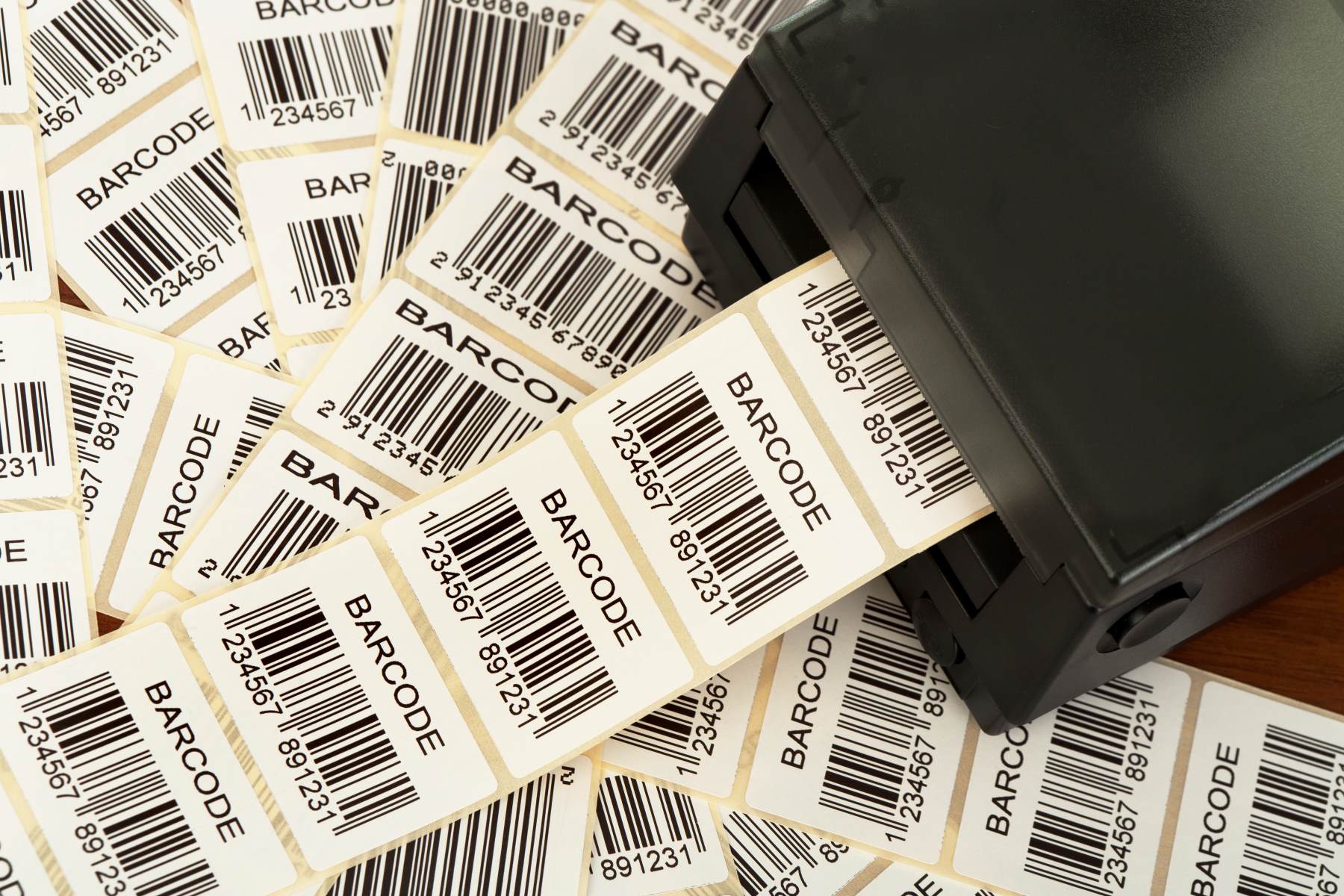



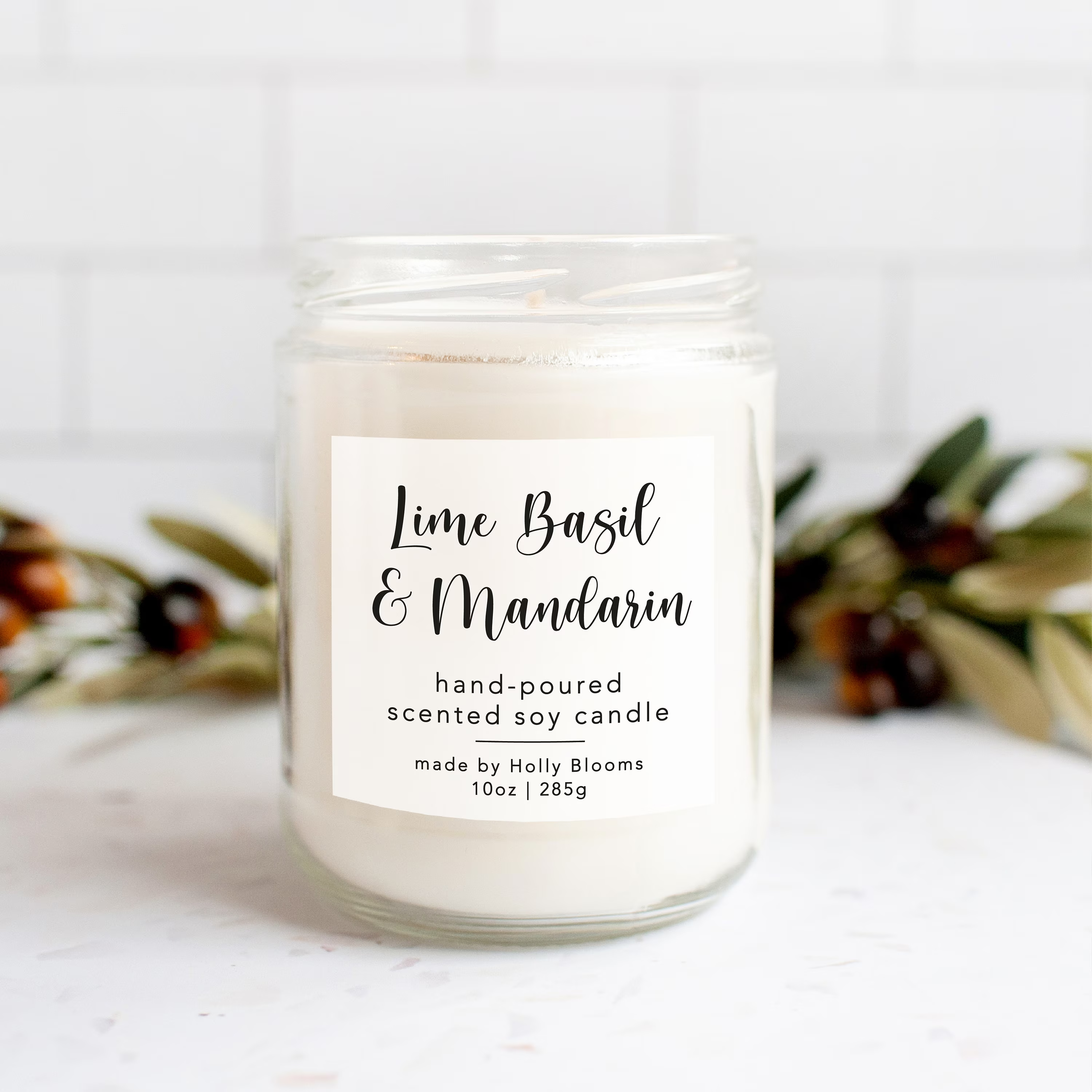
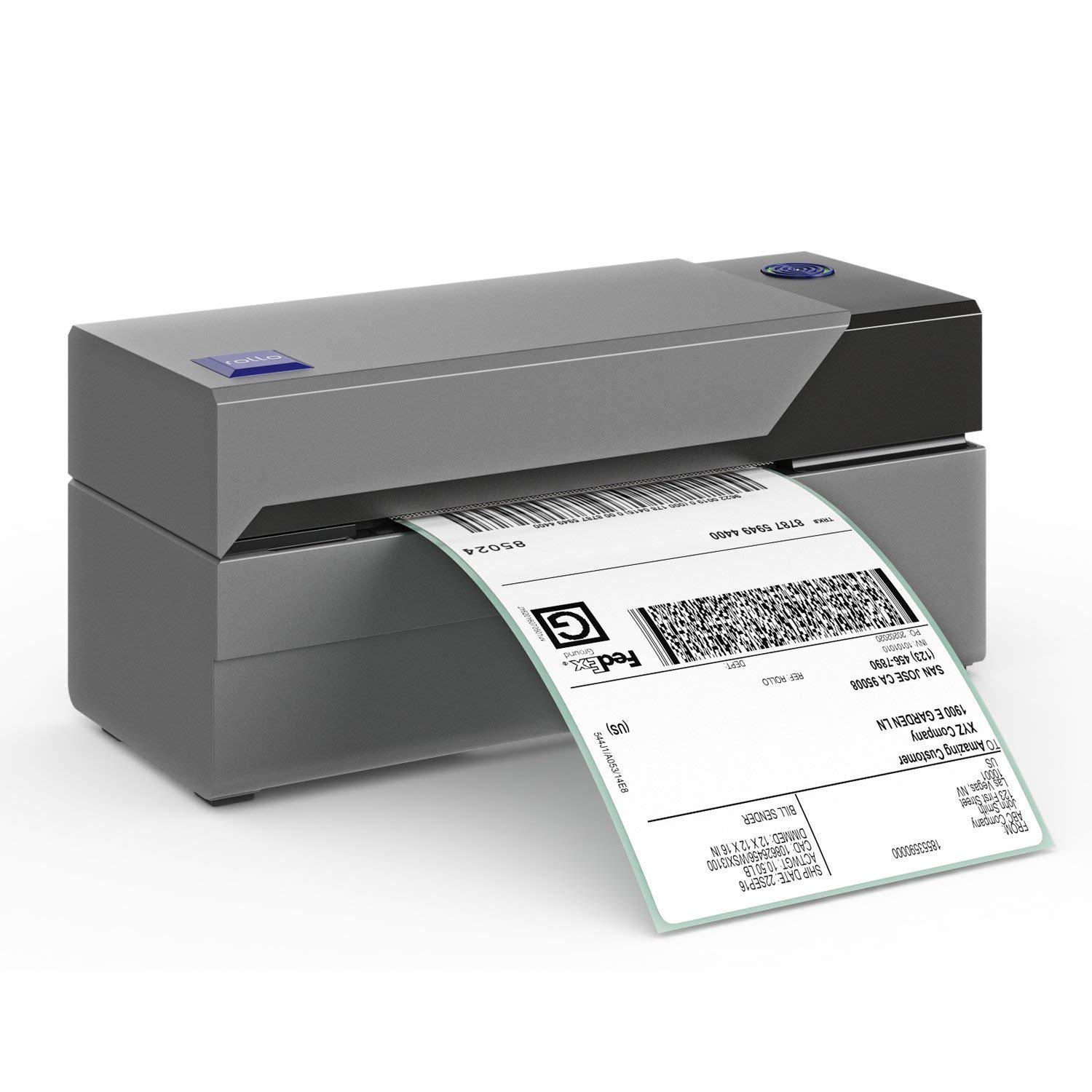
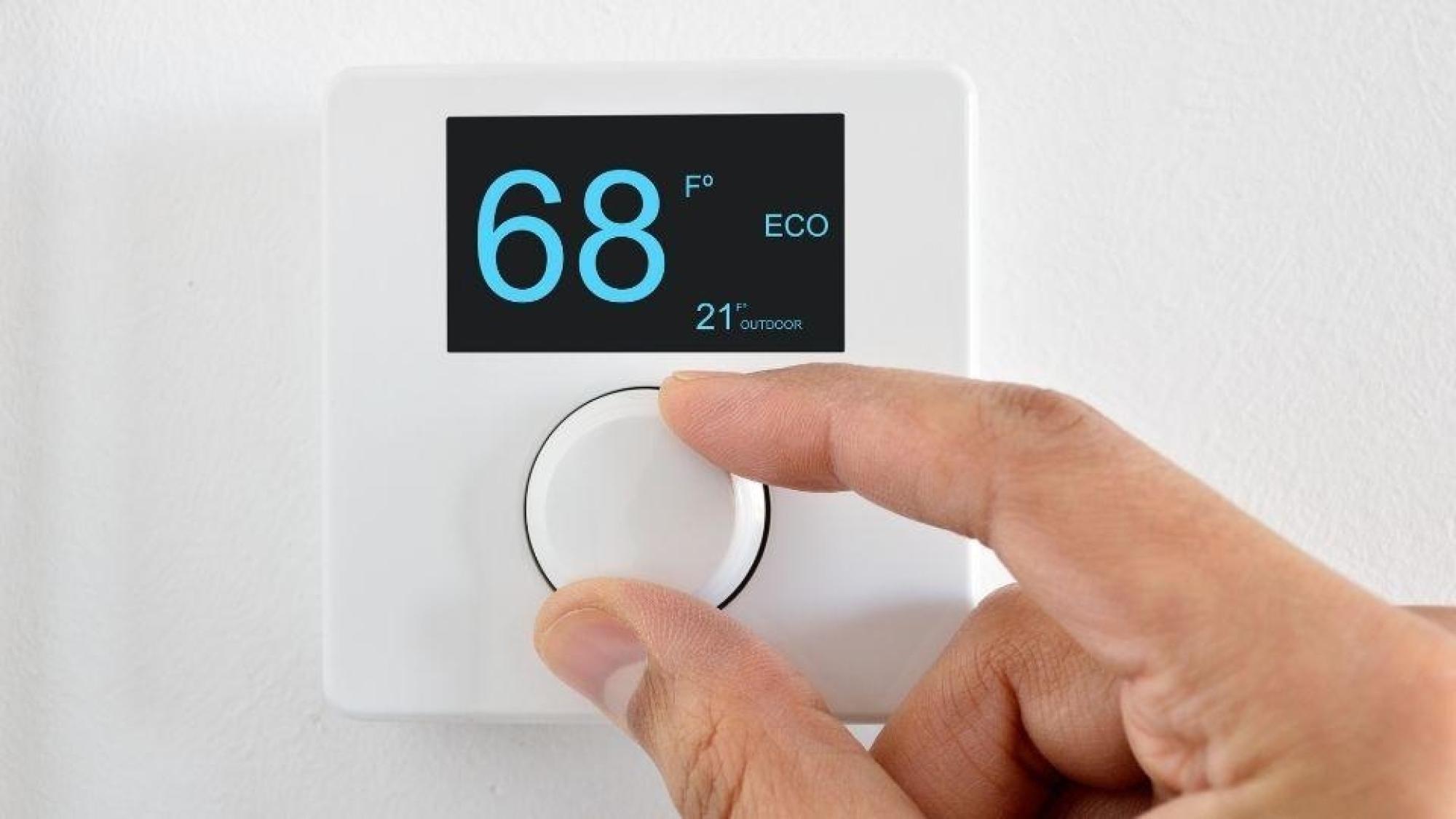
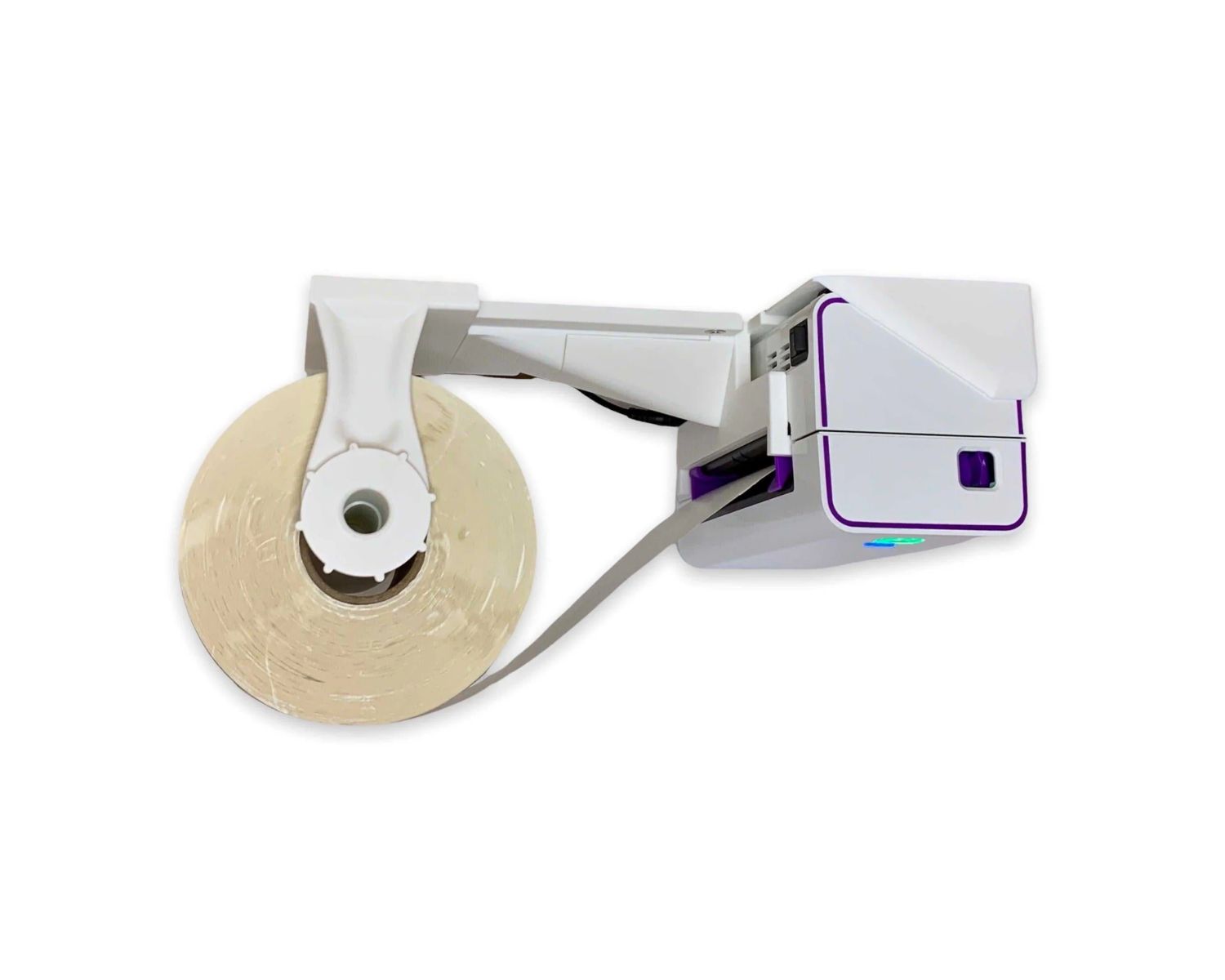

0 thoughts on “How To Read A Window Label”